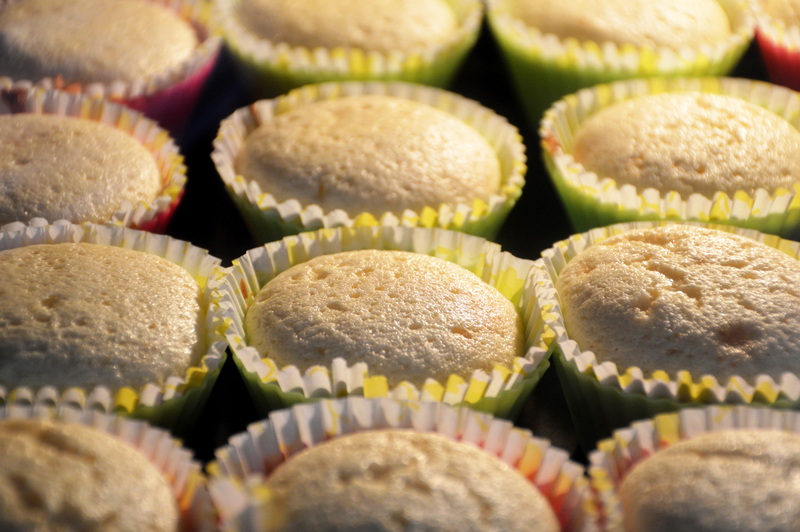 Baking muffins is a delightful culinary endeavor that combines art and science in the kitchen.
Baking muffins is a delightful culinary endeavor that combines art and science in the kitchen.
While many people may not realize it, there is a fascinating chemistry behind the process of baking muffins.
In this article, we will explore the chemical reactions and principles that occur during muffin-making, from the moment you mix the ingredients to when you pull those perfectly baked muffins out of the oven.
The Role of Ingredients
- Flour – The Foundation
Flour is a key ingredient in muffin recipes, and it plays a crucial role in the chemistry of baking.
Flour contains two essential proteins: glutenin and gliadin.
When these proteins come into contact with water and are agitated (as they are during mixing), they combine to form gluten.
Gluten gives structure and elasticity to the muffin batter, allowing it to hold together and rise during baking.
- Leavening Agents – Bubbles of Air
Most muffin recipes include leavening agents like baking powder or baking soda.
These chemicals are responsible for creating the airy, fluffy texture of muffins.
When exposed to heat, these leavening agents release carbon dioxide gas, which gets trapped in the gluten network formed by the flour.
The gas bubbles expand, causing the muffin batter to rise and become light and airy.
- Sugar – Sweet Chemistry
Sugar not only adds sweetness to muffins but also plays a crucial role in their chemistry.
Sugar helps to tenderize the gluten structure by interfering with the proteins’ ability to form strong bonds.
It also contributes to the overall texture and moistness of the muffins.
- Fats – The Moisture Factor
Butter, oil, or other fats in muffin recipes serve multiple purposes.
They add moisture to the batter, making the muffins tender and soft.
Additionally, fats help create a rich flavor and a delicate crumb structure in the finished product.
Mixing and the Chemistry of Emulsification
 The way you mix your muffin batter can significantly impact the final texture and structure of your muffins.
The way you mix your muffin batter can significantly impact the final texture and structure of your muffins.
When you combine wet and dry ingredients, you are engaging in a process called emulsification.
Emulsification is the mixing of two immiscible substances, like oil and water, to create a stable, uniform mixture.
In muffin batter, this process ensures that the fat is evenly distributed throughout, leading to a moist and tender crumb.
Chemical Reactions During Baking
- Maillard Reaction – Browning for Flavor
As muffins bake, they undergo the Maillard reaction, a complex chemical reaction between amino acids and reducing sugars.
This reaction is responsible for the browning of the muffin’s crust and contributes to the development of flavors and aromas.
The Maillard reaction is essential for creating that enticing golden-brown color and a rich, toasty flavor in muffins.
- Caramelization of Sugar
While the Maillard reaction is responsible for the browning of the muffin’s exterior, caramelization of sugar takes place inside the muffin.
As the sugar in the batter heats up, it breaks down into simpler compounds, creating a sweet and complex flavor profile.
- Starch Gelatinization
During baking, the starches in the flour absorb liquid and swell, a process known as gelatinization.
This contributes to the muffin’s overall structure and helps to set the crumb.
As the muffins cool after baking, the gelatinized starches retrograde and firm up the muffin’s interior.
Bottom Line – What is the Chemistry Behind Baking Muffins?
 Baking muffins is more than just a delightful pastime; it’s a chemistry experiment in your kitchen.
Baking muffins is more than just a delightful pastime; it’s a chemistry experiment in your kitchen.
Understanding the chemistry behind the ingredients and processes involved can help you become a better baker, enabling you to create muffins that are not only delicious but also perfectly textured and beautifully browned.
So, the next time you whip up a batch of muffins, appreciate the intricate chemical reactions that transform simple ingredients into a scrumptious treat.


